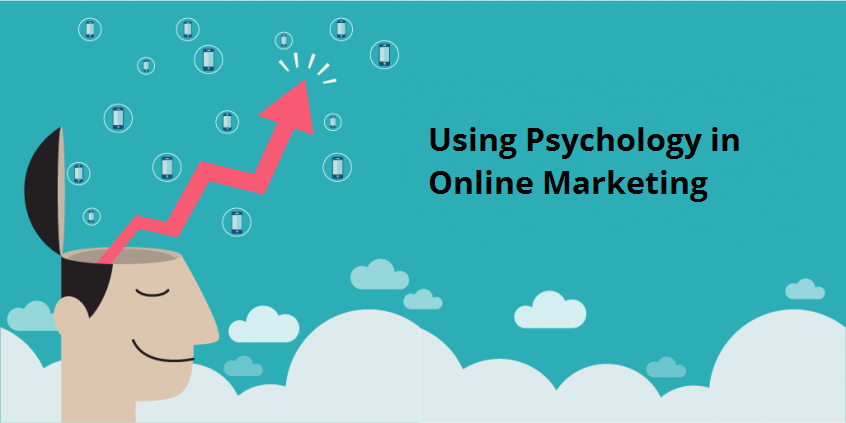Psychological Triggers For Conversion
Agreed, the world of online marketing is pretty much uncharted terrain and the more you try to simplify it, well, the more you get caught into the web. However, there are some fundamental techniques that have been handed down from generation after generation of web marketeering geeks and they seem to work just fine.
Using analytics and publishing relevant posts, making your website a RWD (responsive web design), keeping your SMM (social media marketing) up to date and refining your SEO campaign time to time forms a large part of an ongoing online campaign. You’ll lure customers alright, but then that’s still merely scratching the surface. Online marketing does require a good amount of artillery and a smart digital marketer who knows the ropes of it.
Psychology plays a very important role in our day to day life and as a consumer there are many decisions that you knowingly/ unknowingly make based on your thoughts, feelings, societal environment and reasoning capabilities. You make selections between different alternatives based on your aspirations and motivations to do so. This is probably why psychographics occupy a place of pride in a marketing campaign and will always be considered of utmost importance for the success of it.
Adopting psychology to improve digital marketing campaigns
As mentioned above, psychology plays a big role in consumer behaviour, be it offline or online. Understanding what makes a consumer choose between products means a deeper understanding of their level of importance/ interest for the product. Designing and realigning marketing strategies to incorporate psych factors and thereby effectively reaching out to the consumer is a time tested strategy that works miracles.
Use the KISS formula
For the uninitiated, KISS really just means ‘Keep It Simple Silly’. In practise, let us assume a child was to go through your website. In order for him to understand it, how simple would you keep the site? Answer is ‘very’ and rightly so. Similarly, the communication message should be easy to grasp and uncomplicated to remember.
This means simplification and using captions, sub-captions and attractive (non-pixelated, high quality) images with a smart use of colours that make the user experience simple and easy to assimilate. Colour psychology is also another technique used in digital campaigns, but we’ll learn about that later. Remember, simple is rather difficult!
Do what you got to do & make it quick (CTA’s)
CTA’s or call-to-actions essentially mean a button or a link that you place on the website to drive potential customers to become leads by filling out a form on a landing page. The most important cardinal rule here is to position the CTA or the most important action right at the top. The thinking here is that whatever comes first is usually considered the best and most appropriate.
Of course it goes without saying that your website should be responsive, quick to load and cuts short lengthy registrations and check-out processes. Remember, customers are fickle and they’ll probably get frustrated with time consuming processes.
An ideal CTA is attractive and will have a smart caption that ‘makes’ users want to click on the offer. What’s more, it does NOT ramble. It shouldn’t be more than five words long and must be precise in what it wants the user to do, say, “Download free ebook” or “Register”. Ideally, it should be neither too small nor too big; keeping in mind that a user might be surfing from a mobile device or a laptop. Choose a distinct colour, one that sets it apart from the rest of the page, but doesn’t look obnoxious all the same.
Use the chimera effect
For as long as psychologists have studied human behaviour, especially of women’s reactions to the word sale, there has been one conclusive piece of evidence- That when something is perceived as scarce, it seems to create heightened excitement and wants the users to buy more.
Smart digital marketers appreciate the fact that by using the illusion of scarcity, demand can be accelerated by encouraging consumers to buy faster and possibly more than normal. However, this also has a certain amount of risk, as it may cause frustration among buyers and make them believe that the supply is perennially low. No brand/ product wants that, so beware, use this illusion smartly.
Remind to Buy
Even those gifted with super human mental capabilities occasionally tend to forget where they’ve placed their keys or kept their glasses. So is the case with online customers, there is a good chance of consumers being forgetful. In this kind of a scenario, you’ll benefit by reminding, or to put it differently, re-market it- a gentle reminder to your customers that they want to buy your products.
It’s another way of reaching out to those who are already your customers, or perhaps have visited your site in the past. It’s the low hanging fruit just ripe for the picking.









